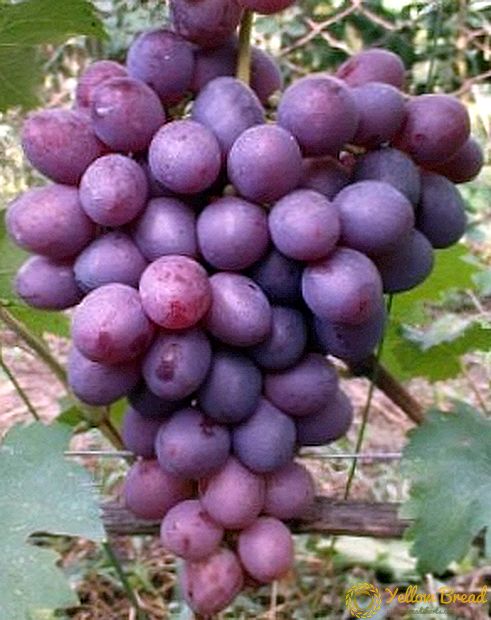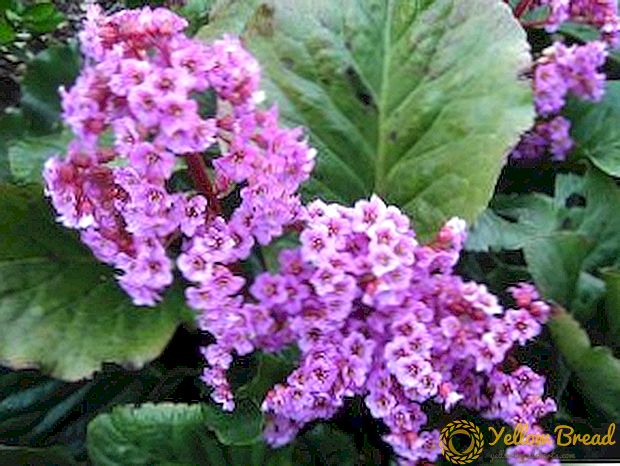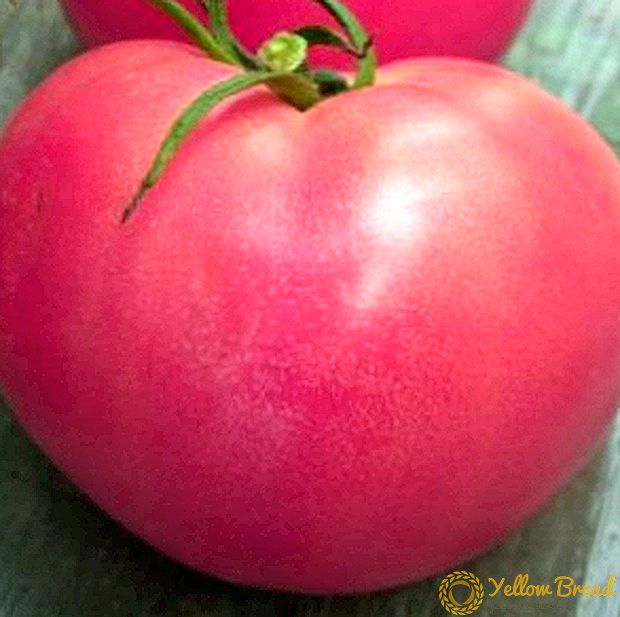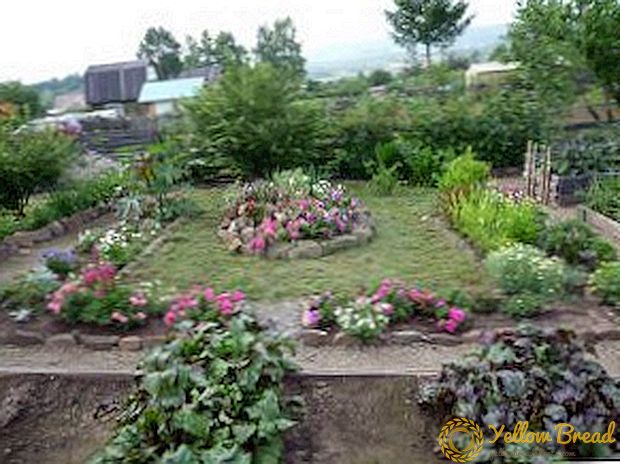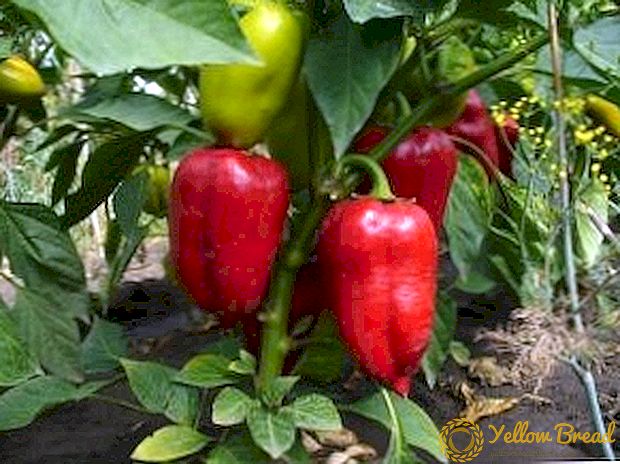
“Mozart” is a medium late potato variety recommended for cultivation in household plots or farms.
The variety has a good yield, the tubers are beautiful and smooth, ideal for sale.
Potato variety "Mozart": characteristics and photos
Brief description of the variety of potatoes "Mozart":
- tubers of medium size, weighing from 100 to 145 g;
- root crops are equal, accurate, evenly painted;
- the shape is round oval or oval;
- the peel is red-pink, thin, but rather dense;
- eyes superficial, shallow, few;
- the pulp on the cut is yellow;
- average starch content, from 14.6 to 16.9%;
- high solids content (up to 19%);
- high content of protein and valuable amino acids.
To more accurately understand what Mozart potatoes are, the characteristics of the variety are few. Take a look at the photo:




Potato variety "Mozart" refers to the table middle-late. It is very harvested, an average of 400 quintals is collected per hectare, the maximum yield exceeds 600 quintals. Tuber marketability reaches 98%.
Depending on the type of bush is medium or high, upright, intermediate type. Moderate moderate. The leaves are large or medium, dark green, with slightly wavy edges. Corollas are large, collected from their reddish-purple bright colors. Berries a bit. Root system is powerful, each bush gives 8-10 tubers with a minimum of small and non-marketable.
The variety is sensitive to the nutritional value of the soil, poor, heavy soil significantly reduces yields.
Potatoes easily endure short-term drought and temperature increase, but reacts badly to frosts. In regions with unstable, cold-prone climates and frequent rains, planting a variety is not recommended.
Potatoes are undemanding to care. Him the main requirement - compliance with the temperature, frequent loosening and hilling. The soil should be light, on a sandy basis.
The variety has good immunity, to increase the yield, you can use mineral complexes with potassium, phosphorus and magnesium or organic matter: wood ash, old humus.
Potato variety "Mozart" resistant to the main diseases of the nightshade.Potatoes are rarely affected by common scab or nematode, resistant to late blight of leaves and tubers. Under adverse conditions, infection with fungus or viruses is possible. For prevention, it is necessary to treat the soil and planting material with the latest generation of herbicides.

Potato "Mozart" has very pleasant, full-bodied taste. The moderate starch content makes the tubers versatile, they can be boiled, fried, baked or stewed. From boiled tubers it turns out a puff of mashed potatoes without lumps. Good for filling soups and deep-frying.
Origin and Benefits
Variety "Mozart" bred by Dutch breeders. Included in the Russian State Register in 2010. Zoned for the Central and Volga-Vyatka region. Potatoes are suitable for industrial cultivation, it is good for farms and private farms.
The advantages of the variety:
- high taste qualities of tubers;
- even potatoes, perfect for sale;
- high yield;
- good keeping quality;
- drought tolerance;
- resistance of tubers to mechanical damage;
- good immunity, susceptibility to major diseases.
Features of growing

Potatoes need plant only in well-heated soil. In this case, the shoots will be friendly, the tubers will start to fasten faster.
Before planting, the tubers are sorted and germinated in sunlight, then sprayed with disinfectants and growth stimulants. All these activities shorten the growing season as much as possible.
Tubers are planted at a distance of 35 cm from each other with 75 cm row spacing. The variety is sensitive to the nutritional value of the soil, it is recommended to decompose the wood ash (preferably birch) and humus into the holes. May use mineral complexes based on magnesium, phosphorus, potassium. During the season of planting spud 2 times, it is desirable to hold a single watering.
The first tubers can be dug in the middle of summer, but maximum harvest is collected in the second decade of September. A week before cleaning the aisle to loosen, and a day or two to cut the tops. This will allow the tubers to accumulate a maximum of nutrients.
Roots hardly damaged during digging, minor injuries heal quickly. After digging, the potatoes are laid out on the shelf to dry. In cloudy weather, the tubers are dried under a canopy.
Diseases and pests
 Potato is different strong immunity, seed does not degenerate.
Potato is different strong immunity, seed does not degenerate.
The variety is well protected from late blight of tubers and leaves, cyst nematode, common scab, potato cancer. For prophylactic purposes, it is recommended to spray the plantings with copper-containing preparations.
Required carefully loosen the soil before planting, and after harvesting, carefully choose from it forgotten tubers, which become a breeding ground for microorganisms and insect pests.
The botve plants are threatened by Colorado beetles, the tubers often affect the larvae of click beetles. To prevent the appearance of help treatment with insecticides, activities need to begin before planting tubers.It is useful to periodically change sites for planting.
Potato variety "Mozart" - a good choice for farmers or gardeners amateur. is he not capricious, sufficiently harvested, with minimal care guarantees excellent taste and presentation tubers. Seed material is not subject to degeneration, which allows you to regularly collect it yourself, saving on the purchase of planting tubers.


